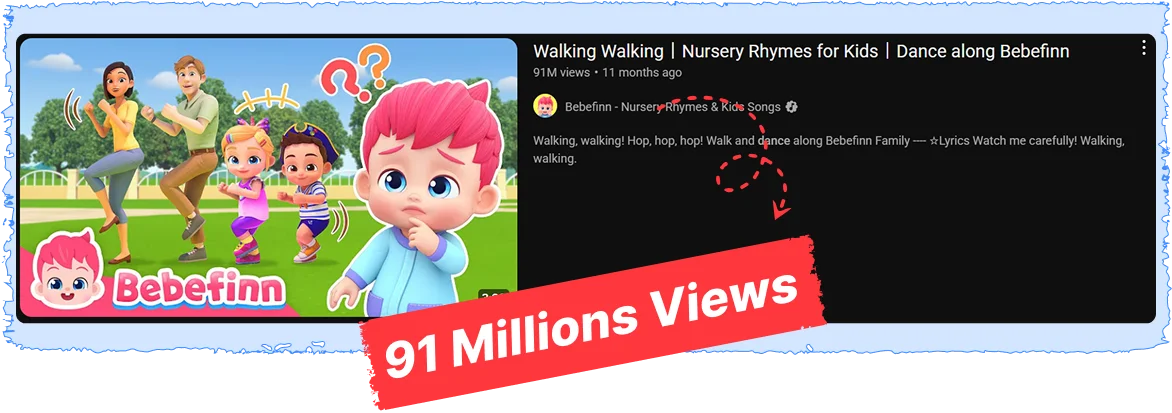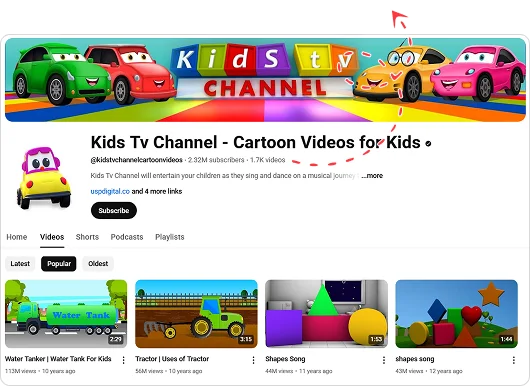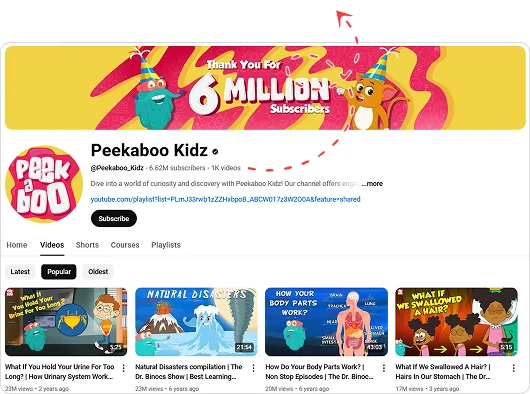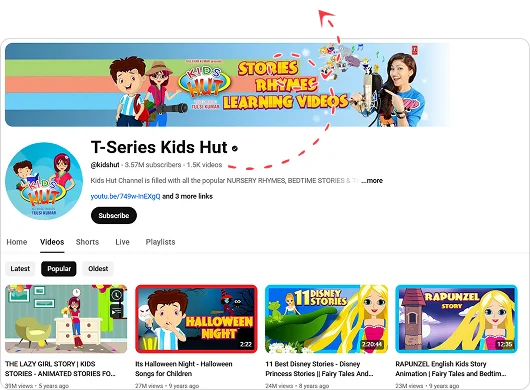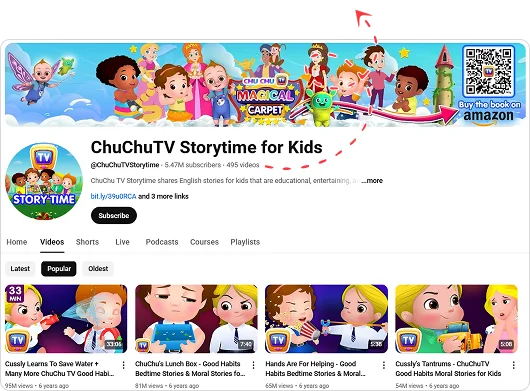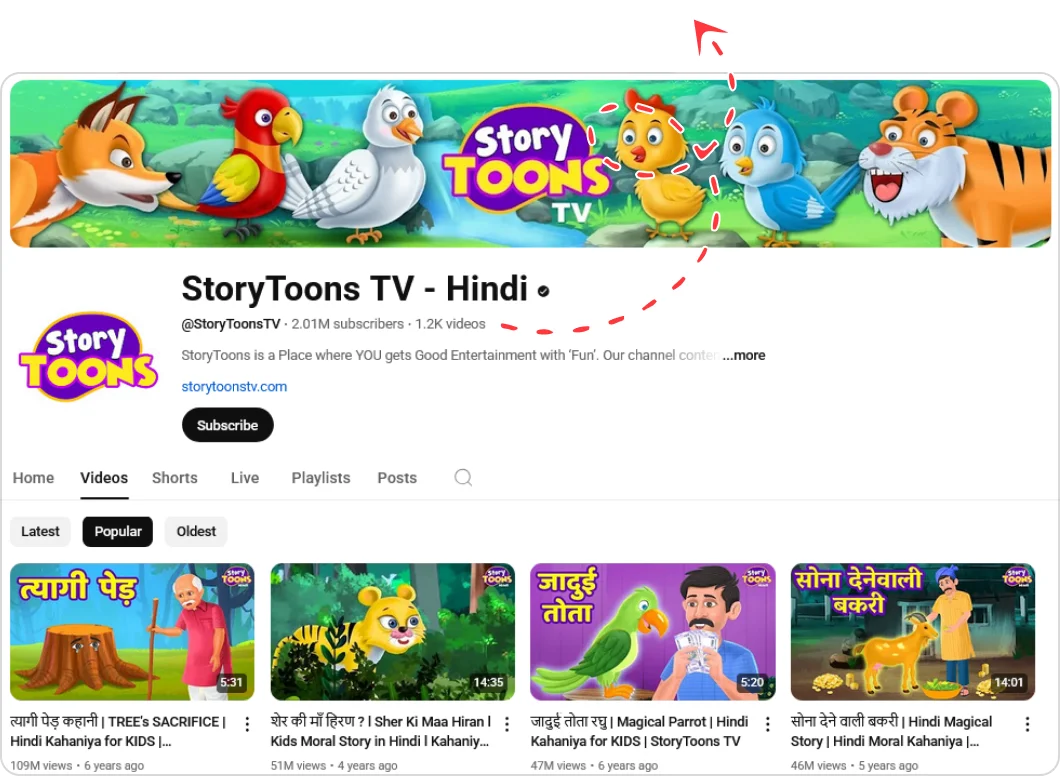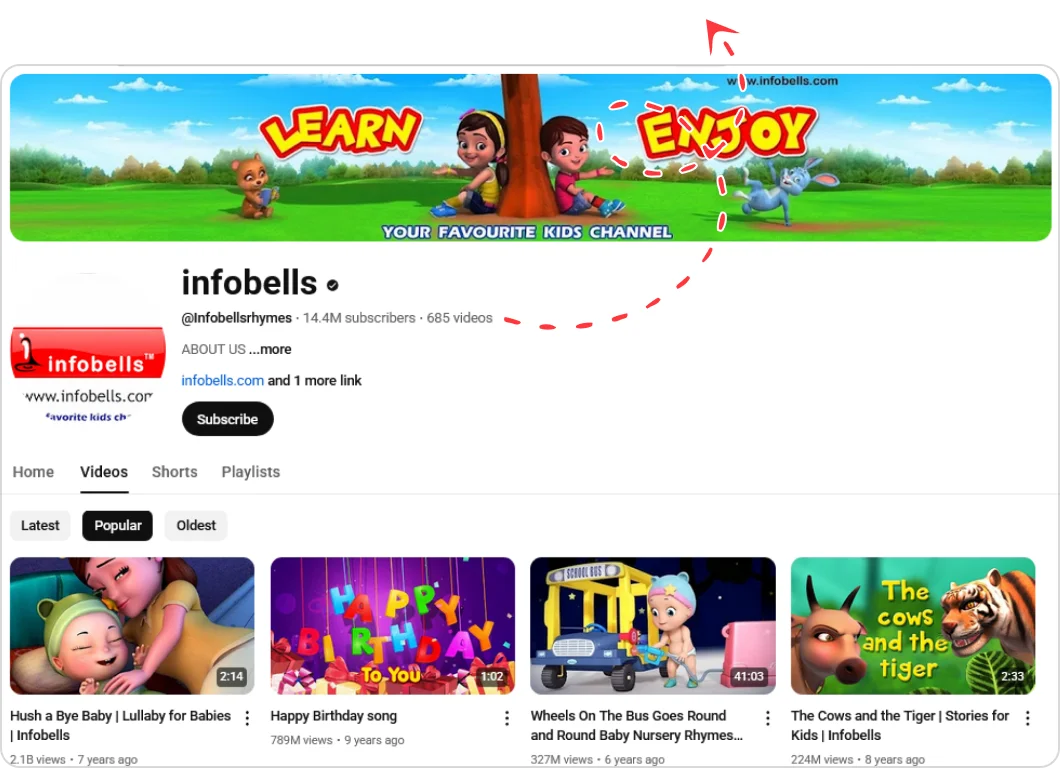I have just been hands- on with Meta’s new $799 Ray-B band display smart glasses. So, they have a display. They have this whole new transparent interface. And I’m going to level with you. This is the first time I’ve ever been convinced by a tech product designed for your face. There’s a few things that aren’t there. But I was just surprised that this already can start to make you see how smart glasses can do a lot of the things that your phone can do, but better. So, you could think of these like a three-part product. First are the glasses which are basically a more advanced version of the normal Ray ban Meta. So they have the same basic hardware like the camera which can now record in 2 and 1/2 times the resolution like the two speakers, one for each ear and no less than five microphones. But then also with some key additions like you now get transition lenses by default to automatically tint like sunglasses when you’re outside and then until. There’s a bigger batteries that they’ve custom designed to fill every millimeter of the inside of the searms to keep the last key thing.
This new display powered. So, this display, it’s like a projected image that you see slightly to the side of your right eye. It was impossible to record. So, I’m trying to recreate this for you, but it looks like this. And I want to make a very important distinction. This is not augmented reality. This display is not tracked to your surroundings. It’s just meant to be this small clickable window in like a fixed position. And there’s a few things that I found immediately
surprising about these display glasses. One, the storage case is absolutely sick. It feels super premium and can convert itself between glasses storage mode and then flat pack so you can fit it into a pocket. Two is how insanely bright this inner display is. It’s brighter than any smartphone screen I’ve used. Three is how because the display is achieved by using a sort of indirect projection, it means that even at full brightness, no one else can see what you’re seeing. Like my screen is on right now and you cannot tell, which I just think is wild. That’s like the main red flag with having tech that’s transparent already being fixed in like the Gen One product.
Then four is how damn comfortable the thing is considering all the tech that’s going on inside. It is a little chunkier than a normal pair of Ray-B band meta. You can tell the difference, but at the same time, this is no VR headset. It weighs 69 g, which well very nice, but is also pretty mind-blowing considering that a normal pair of Ray-B bands, you know, the ones that do absolutely nothing apart from give shade is like 45. And it’s all paired with these overextension hinges that mean they have some give when you’re putting them on. I was wearing these for an hour and a half straight and I forgot. Okay, so that’s the glasses. The second part to this product is how you control those glasses. Now, you can still use the touchpad on the arms. And there is still a capture button to quickly take photos and videos, just like on the normal Ray-B bands, but it’s this new neural band that’s designed to be the primary controller for the display glasses. And it’s really freaking good. So, you wear it on your wrist. It’s kind of like a watch. It’s comfy. It’s light, but it’s not a watch. It’s actually measuring the electrical impulses from the muscles in your wrist so that you can use hand gestures to control the thing. I guess
they kind of had to create something like this cuz no one’s going to want to carry around a controller for an everyday use kind of product. The thing I was just so surprised by when using this is both how mindless those gestures started to feel about an hour in.
I’d say once I got used to it, it was 97% of the time doing exactly what I wanted it to without me even really needing to think about it. But equally how in the entire time I was wearing the thing, I hadn’t once accidentally triggered something I didn’t want to. Those are two very difficult things to try and achieve at the same time. Cuz if you think about it, the more natural that you make something feel, the more likely it is that you’re going to do that thing naturally and then confuse your old neural band. Now, this obviously doesn’t have the insane eye tracking element of the Apple Vision Pro, but the way that the hand controls work does remind me a lot of it. You’ll double tap like this to turn the screen on cuz it does go off after 20 seconds of inactivity. There’s lots of pinching kind of like this. Uh you can navigate using like an imaginary joystick basically sliding over your fist and you can adjust volume by grabbing and then rotating and you can do that in any menu. And the big upside compared to the Vision Pro is because this isn’t relying on cameras to see those gestures, you can do them anywhere. And that leaves us with the final piece of the puzzle, the smartphone and the software. So Meta isn’t exactly making it a secret that they think this is the type of device that will replace the phone someday, but that day is not today.
As of right now, I would say about 50% of the things the glasses can do are in some way reliant on your phone. So what does it do? When you turn it on, the first thing you see is the home screen. It shows you upcoming events, notifications, shows you the time. So after 30 minutes or so, I started to realize that I didn’t need to do this anymore. And it’s from there that you swipe to the side and you can see all your apps. And you kind of realize that it’s not a super slick UI. Like it doesn’t feel cheap, but it’s also not a 60 frames pers super wellan animated smartphone quality interface. But also more importantly that there isn’t an app store. This is a new type of product. So the app selection is tiny. All topped off with the fact that pretty much everything that you can do on this is like the meta version of that thing. So when you use navigation, it’s Meta Maps, not Google. for anything AI, it’s meta AI, not Chat GPT. That said, pretty much everything that I tried on these glasses did feel surprisingly non-gimmicky and actually useful. Like WhatsApp, this is something that I’ve never gotten used to using on my watch or really anything but my phone, but different ball game with the glasses. First of all, this display now means it’s pretty easy to read most messages in full once you’ve clicked into them, and you can open links. So, I was catching up with a reel that someone sent me and it was actually very watchable. Remember, without lifting a finger.
Then, there are four key ways to respond. You can either send a voice note or dictate. And the dictation, I guess, because you have five microphones strapped to your face, is phenomenally good. Like much better than when you try to use a phone. And definitely better than using a watch. I was even whispering and it was picking up every word and placing every bit of grammar in just the right place. You can choose one of the pre-made responses like I’m here. The last one is the most interesting cuz you can write. This is in beta right now, but you can literally write on your leg one letter at a time, either with your finger or even as if you’re holding a pen, whichever you prefer. And it sounds ridiculous, but it works reliably enough that I could actually see if you’re in a meeting and you couldn’t talk, you would still be able to use this to scribble up a quick I’ll be back at 7 or feed cat please from under the table. Then I tried captions, which was also insane.
So, you look at someone and your glasses will use this five microphone array to know what sound is coming from where and completely isolate just what the person you’re looking at is saying to be able to give you real time subtitles. I tried this with some music on in the background over here. I tried it with someone else talking next to me on this side and it managed to completely ignore both of them and just pick up the one person’s speech in front of me while being almost instant. like before they’ve said the next word, you can see the last one. But then it also goes up one more level because the same tech can be used to real time translate which is to be honest slightly awkward cuz the translation has more of a delay than captions and you don’t really know where to look when you’re just waiting for it. Like you just carry on smiling in silence with intense direct eye contact while waiting for the English version of what they’ve just said to process and come through to you.
But the translation quality is really high. And I think it comes down to the same thing that unlike your phone, having five microphones on your face means the device can hear you so clearly. And you quickly get used to not having to specifically annunciate or speak up, which just makes the conversation flow much more naturally while reducing the main issue with real-time live translation where one slightly misheard word changes the entire meaning of your question. So, they give a different answer and before you know it, you’re both lost. The final couple of apps then are maps where being able to see your real time navigation arrow rotate as your head rotates is such a no-brainer piece of functionality. I just have no idea how Meta’s maps is going to be able to at all compete with Google’s maps. There’s music, which takes you straight to Spotify, which like most things here is a custom squarish version of the app you’re probably used to. And the speaker quality is way better than you’d expect for something that’s kind of a side feature of the glasses. It’s just that as soon as you get to about 40% volume, other people are going to start to be able to hear it.
So, it’s not nearly as private as your display. The camera is okay. It can take 12 megapixel photos and then video at 3K resolution as well as some slow-mo at 720p. In terms of specs, I mean, let’s be very clear. This is like a smartphone from,8 years agoand it does look a little better than it sounds, but you’re not going to be mistaking this for iPhone 17 Pro footage. And there is still that slight delay when you press capture, which I have no doubt is going to create the same situation as last gen where people think the photo is taken, so they start moving before it actually is. And then Meta AI, which you trigger by doing this, and then you ask something, how do I make Indian chai, for example? And I wouldn’t say there’s anything mind-blowing about the AI intelligence itself, but it’s having that recipe loaded up in your peripheral vision. It’s being able to ask follow-up questions and even navigate the whole user interface, even if you’re washing your hands at the same time. That’s where you start to notice the unique possibilities of a smart device that is always there versus a smart device that’s sometimes there.
Just imagine what more could be done here. For example, imagine it could use this camera to remember things in real time. So instead of having to tell your glasses where you put your keys so you can ask them again later, they would simply know where you put your keys. I’m not sure how close we are to this reality. That said, I don’t think this particular product will be affordable for most people. I mean, it costs $800. I think the Ray-B Band display is really Meta’s attempt to bring something new to the market before Apple makes a more affordable vision product, to normalize the idea of smart glasses, and also to make Meta the company you associate them with. And I think now that this thing is out there, it’s going to get better very quickly.
Affiliate Link – Product
- Create Cocomelon-Style Kids Videos That Kids Love & Parents Trust
- Become a Cartoon CEO –Launch Your Own Kids YouTube Channel & Profit Like Never Before!
- Create Super-Engaging Kids Story Short Video with AI in Minutes –You’ve Always Dreamed of!
- Wow Millions of Viewerswith Magical Animated Stories That Entertain & Inspire
- Bring Stories Alive with Narration & Rhymes —Instantly Double Kids’ Attention
- Brand Yourself as the Top Kids Content Creator –In Any Niche or Language!
- Share YOUR STORY –Build a Loyal FANBASE Worldwide
- Turn 30-Second Kids Story Videosinto Viral Views, Subscribers &Passive Incomeon Autopilot
- 100% YouTube Monetization Friendly –Customize Voice, Music or Branding to Avoid “AI-Only” Restrictions
- Leverage YouTube’s Love for Kids Videos —Turn Your Shorts into Millions of Views & Loyal Subscribers!
- Tap Into the Multi-Billion Dollar Kids Entertainment Market—The Most Evergreen Niches Online!
- 100+ Ready-to-Use Story Templates —Kickstart Instantly, Even as a Beginner
- Zero Tech or Editing Skills Needed —Just Enter a Prompt & Let AI Do the Magic for You
- 1500+ Voices & 100+ Kid-Friendly Background Music Tracks —Make Every Story Magical & Unique
- SELL Shorts VIDEOS Globally To Parents, Teachers, YouTubers & More —Charge $50–$500 Per Video
- Ditch Expensive Tools Forever —Replace HeyGen, Synthesia, D-ID, InVideo, Runway ML, Canva & More
- Get Exclusive Commercial License –Sell AMAZING Kids Short Video Services GloballyMagically Turns Any Idea Into Kids’ Story Videosin Just 3 Easy Steps!

 Enter Any Idea or Pick a PromptType your own keyword like“Unicorn Adventure”or simply choose from the ready-made prompts.
Enter Any Idea or Pick a PromptType your own keyword like“Unicorn Adventure”or simply choose from the ready-made prompts. Watch AI Turn Stories into ScenesOur AI engine instantly breaks your story into scenes, auto-adds colorful visuals, kid-friendly voice or rhymes, background music & subtitles — all done in one click.
Watch AI Turn Stories into ScenesOur AI engine instantly breaks your story into scenes, auto-adds colorful visuals, kid-friendly voice or rhymes, background music & subtitles — all done in one click. POST & PROFITBOOM! Your AI-powered story video is ready in minutes. Post on YouTube, TikTok, Instagram to attract millions of views & subs — or sell to parents, teachers, content creators or more for $50–$500 each.See How KIDS STORY VIDEOS Are Exploding withMillions of Views & Subscribers on YouTubeEven Same on TikTok & Instagram Too
POST & PROFITBOOM! Your AI-powered story video is ready in minutes. Post on YouTube, TikTok, Instagram to attract millions of views & subs — or sell to parents, teachers, content creators or more for $50–$500 each.See How KIDS STORY VIDEOS Are Exploding withMillions of Views & Subscribers on YouTubeEven Same on TikTok & Instagram Too Baby Shark Dance
Baby Shark Dance Wheel on the bus
Wheel on the bus Baby dancing to a rhyme
Baby dancing to a rhyme Kids Tv Chammel2.32M Subscriber
Kids Tv Chammel2.32M Subscriber Peekaboo Kidz6.62M Subscriber
Peekaboo Kidz6.62M Subscriber T-Series Kids Hut3.57M Subscriber
T-Series Kids Hut3.57M Subscriber ChuchuTV Storytime for kids5.47M Subscriber
ChuchuTV Storytime for kids5.47M Subscriber StoryToon TV2.01M Subscriber
StoryToon TV2.01M Subscriber infobells14.4M Subscriber
infobells14.4M Subscriber







